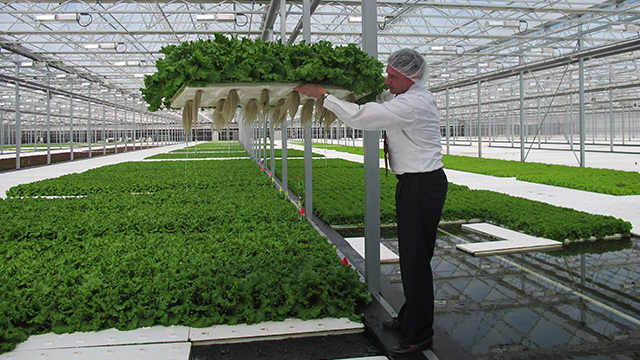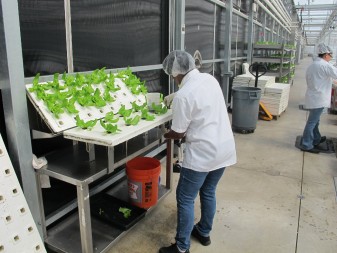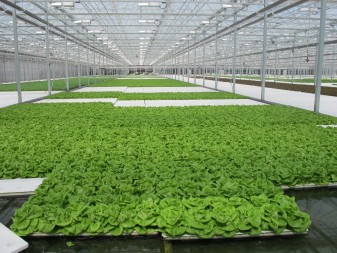As the urban garden phenomenon continues to sweep the country, an increasing number of vacant lots are being transformed into green oases that provide fresh, local produce to people living in communities once deemed “food deserts.”
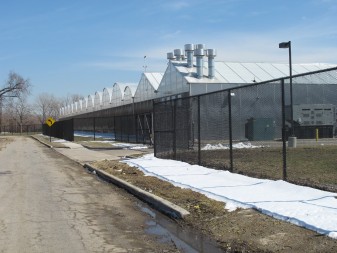
This gardening trend took a forward leap in northeast Ohio when Green City Growers opened a gigantic greenhouse last year in a troubled Cleveland neighborhood. Larger than three football fields, the facility -- which replaces a large swath of vacant lots -- is now producing millions of vegetables hydroponically; that is, without soil.
Green City Growers is the third of three businesses run by Evergreen Cooperatives of Cleveland. They are employee-owned, for-profit companies. The site of the greenhouse was chosen to help revitalize the surrounding Central neighborhood and provide jobs for its residents.
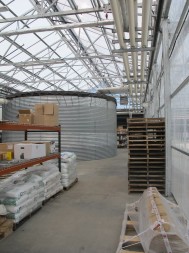
I toured the greenhouse with CEO John McMicken to explore the science behind their operation. Our first stop was a row of massive tanks. The greenhouse has three 70,000-gallon tanks that collect rainwater and melting snow from the building’s many roofs. This water is vital to hydroponic growing: each head of lettuce consumes one gallon of water during its growing cycle. Once the company begins operating at full capacity the greenhouse will harvest 10,000 heads of lettuce daily, requiring 10,000 gallons of water a day! At their current capacity nearly all of the water used to grow produce is derived from the collection of rain and snow.
The water that arrives in the tanks doesn’t go straight to work. It is first filtered, purified, oxygenated, and infused with a precise amount of nutrients. The water then moves on to one of 13 nearly 300-foot-long shallow ponds that are used for growing. That water is recycled once a day in order to keep it clean, nourished, and oxygenated.
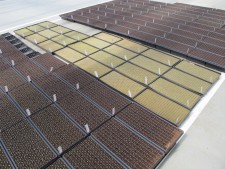
Instead of sprouting from the dirt, hydroponic plants grow in trays that float in nutrient-rich water. At Green City Growers, the seeds are started in soil at a special seeding station. Once the seedlings have a strong enough root system they’re placed in a growing tray, where they begin their journey from one end of the production pond to the other, growing in size as they progress down the line.
